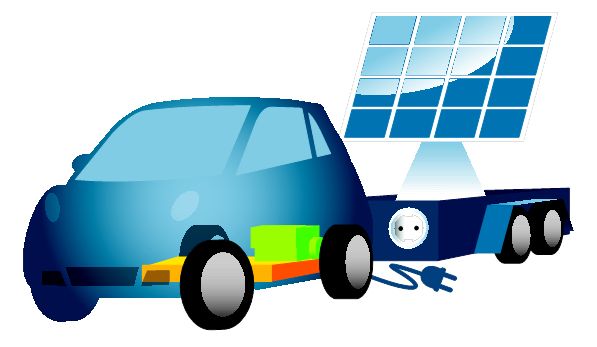22. Renewables secure the power supply
 The steady growth of renewable energy is changing the demands on the power supply system. Due to the construction of renewable energy plants, the number of small producers increases who feed electricity into the grid on a decentralized basis. Because of the fluctuating generation of wind and solar power, there is a need for coordination within the power system. The various renewable energy sources such as wind, solar and biomass have proven that they complement each other perfectly. When there is not sufficient wind or low solar radiation, for example, bioenergy can step into the breach.
The steady growth of renewable energy is changing the demands on the power supply system. Due to the construction of renewable energy plants, the number of small producers increases who feed electricity into the grid on a decentralized basis. Because of the fluctuating generation of wind and solar power, there is a need for coordination within the power system. The various renewable energy sources such as wind, solar and biomass have proven that they complement each other perfectly. When there is not sufficient wind or low solar radiation, for example, bioenergy can step into the breach.
Researchers and companies have demonstrated how this works in the two stages of the project “Combined Power Plant”. During the first stage, it was analysed how the demand for electricity in Germany can be completely met with renewable energy. The second phase, in turn, focused on the role of renewables in ensuring stable power grids. There are a variety of other projects that test and demonstrate the interplay of various renewable energy sources. They show that with an increasing share of renewable energies the German power grid can remain as stable as today.
A well-developed electricity grid is an important companion to an increase in the production of electricity from renewable energy sources. However, the current network expansion has proceeded more slowly than anticipated in recent years. In 2009, both chambers of the German parliament adopted the Law on the Development of Energy Lines (EnLAG). This law was to ensure that transmission grids were rapidly expanded. However, of the planned 1,855 kilometers of high-voltage grid, only 268 kilometres – or 15 percent –were completed by the end of 2013.
Even electricity grid operators often only know little about the current electricity demand or about the feeding of electricity into the grid by smaller power plants. To improve this knowledge, the grid needs to become” more intelligent”, it needs to become what is commonly referred to as a “smart grid”. With a smart grid, electricity customers can, for example, manage their devices in a manner, that they primarily operate when electricity prices are low. The overarching goal is to match electricity demand and supply in the best possible manner. Electricity consumers are rewarded for a more thoughtful use of electricity.

Social Media